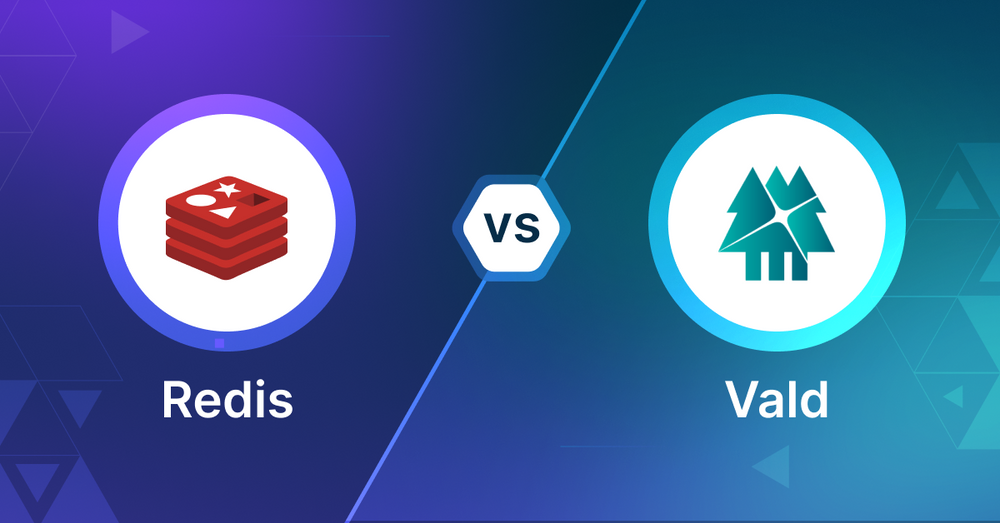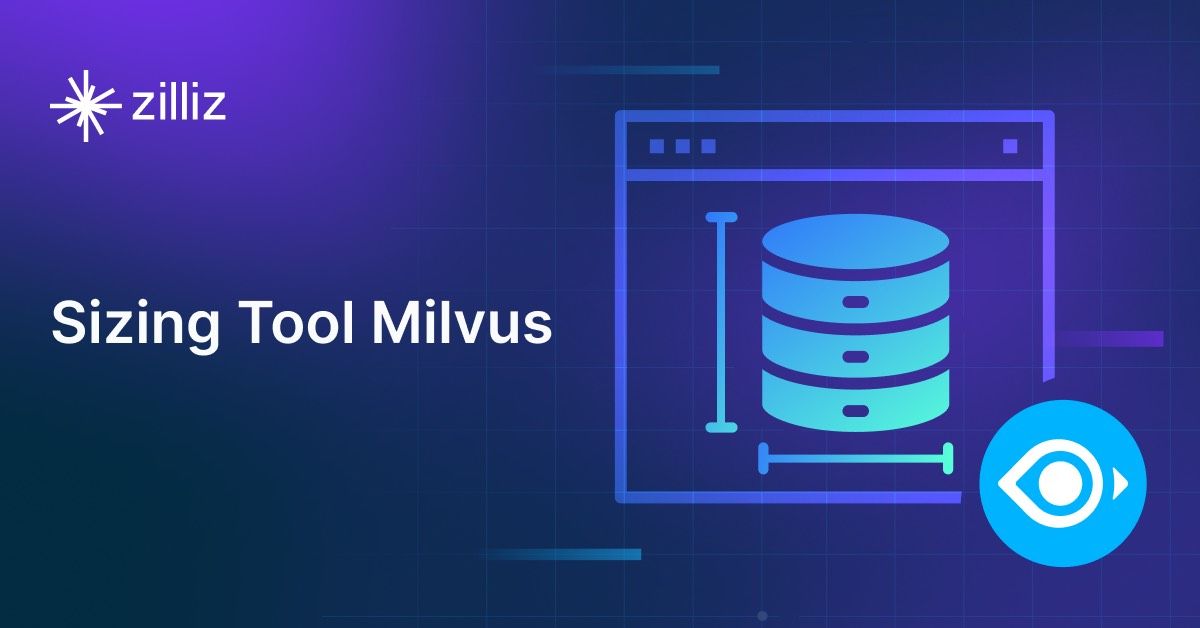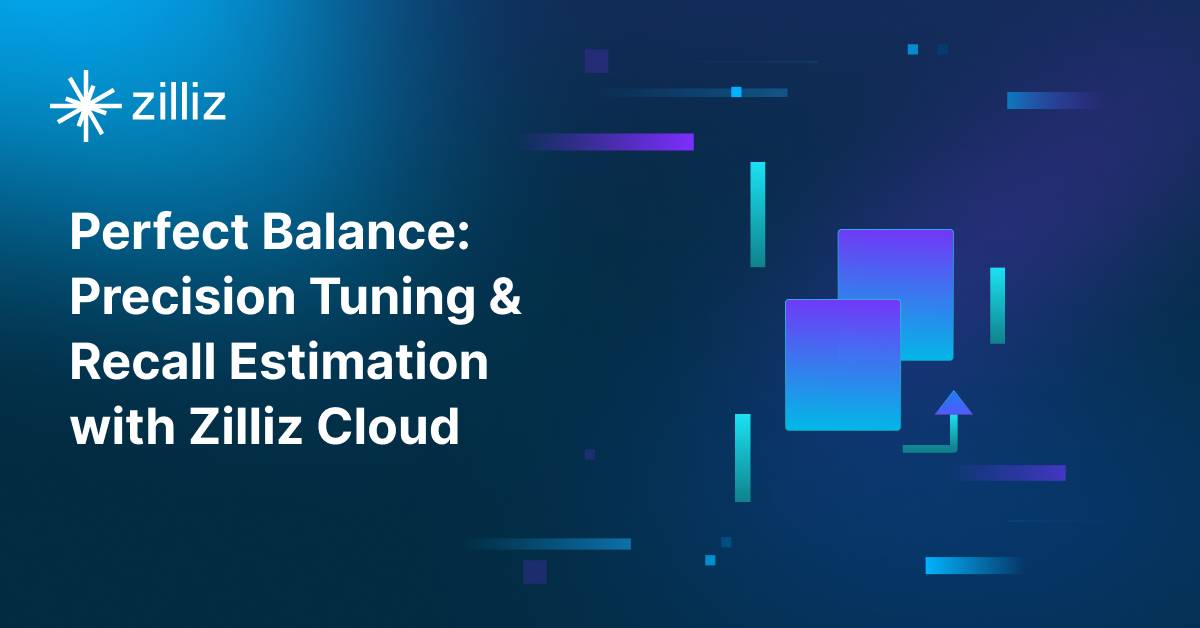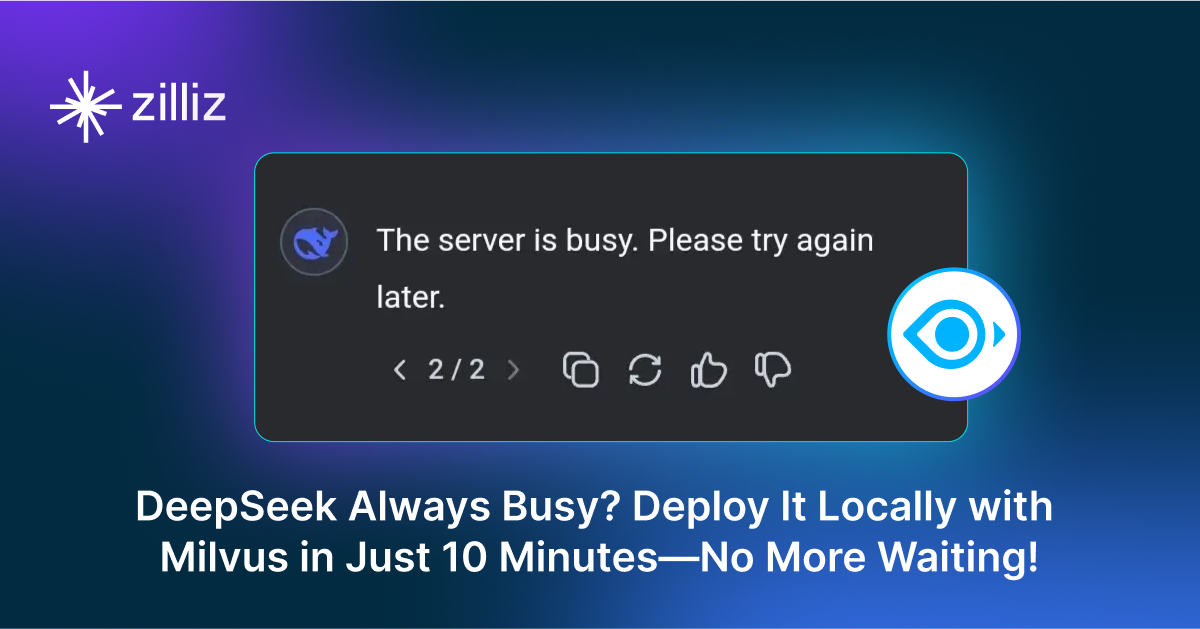Redis vs Vald: Choosing the Right Vector Database for Your Needs

As AI and data-driven technologies advance, selecting an appropriate vector database for your application is becoming increasingly important. Redis and Vald are two options in this space. This article compares these technologies to help you make an informed decision for your project.
What is a Vector Database?
Before we compare Redis and Vald, let's first explore the concept of vector databases.
A vector database is specifically designed to store and query high-dimensional vectors, which are numerical representations of unstructured data. These vectors encode complex information, such as the semantic meaning of text, the visual features of images, or product attributes. By enabling efficient similarity searches, vector databases play a pivotal role in AI applications, allowing for more advanced data analysis and retrieval.
Common use cases for vector databases include e-commerce product recommendations, content discovery platforms, anomaly detection in cybersecurity, medical image analysis, and natural language processing (NLP) tasks. They also play a crucial role in Retrieval Augmented Generation (RAG), a technique that enhances the performance of large language models (LLMs) by providing external knowledge to reduce issues like AI hallucinations.
There are many types of vector databases available in the market, including:
- Purpose-built vector databases such as Milvus, Zilliz Cloud (fully managed Milvus), and Weaviate
- Vector search libraries such as Faiss and Annoy.
- Lightweight vector databases such as Chroma and Milvus Lite.
- Traditional databases with vector search add-ons capable of performing small-scale vector searches.
****Redis is an in-memory database with vector search as an add-on and Vald is a purpose-built vector database. This post compares their vector search capabilities.
Redis: Overview and Core Technology
Redis was originally known for its in-memory data storage and has added vector search capabilities through the Redis Vector Library which is now part of Redis Stack. This allows Redis to do vector similarity search while keeping its speed and performance.
The vector search in Redis is built on top of its existing infrastructure, using in-memory processing for fast query execution. Redis uses FLAT and HNSW (Hierarchical Navigable Small World) algorithms for approximate nearest neighbor search which allows for fast and accurate search in high dimensional vector spaces.
One of the main strengths of Redis vector search is that it can combine vector similarity search with traditional filtering on other attributes. This hybrid search allows developers to create complex queries that consider both semantic similarity and specific metadata criteria, so it’s versatile for many AI driven applications.
The Redis Vector Library provides a simple interface for developers to work with vector data in Redis. It has features like flexible schema design, custom vector queries and extensions for LLM related tasks like semantic caching and session management. This makes it easier for AI/ML engineers and data scientists to integrate Redis into their AI workflow, especially for real-time data processing and retrieval.
Vald: Overview and Core Technology
Vald is a powerful tool for searching through huge amounts of vector data really fast. It's built to handle billions of vectors and can easily grow as your needs get bigger. The cool thing about Vald is that it uses a super quick algorithm called NGT to find similar vectors.
One of Vald's best features is how it handles indexing. Usually, when you're building an index, everything has to stop. But Vald is smart - it spreads the index across different machines, so searches can keep happening even while the index is being updated. Plus, Vald automatically backs up your index data, so you don't have to worry about losing everything if something goes wrong.
Vald is great at fitting into different setups. You can customize how data goes in and out, making it work well with gRPC. It's also built to run smoothly in the cloud, so you can easily add more computing power or memory when you need it. Vald spreads your data across multiple machines, which helps it handle huge amounts of information.
Another neat trick Vald has is index replication. It stores copies of each index on different machines. This means if one machine has a problem, your searches can still work fine. Vald automatically balances these copies, so you don't have to worry about it. All of this makes Vald a solid choice for developers who need to search through tons of vector data quickly and reliably.
Key Differences: Redis vs Vald for Vector Search
When choosing between Redis and Vald for vector search you have to consider several things. Both tools are great for vector data but they differ in some key areas that will impact your project. Let’s compare Redis and Vald to help you decide.
Search Methodology
Redis uses FLAT and HNSW algorithms for approximate nearest neighbor search. This allows for fast and accurate search in high dimensional vector spaces. Redis also supports hybrid search, combining vector similarity with attribute filtering.
Vald uses the NGT (Neighborhood Graph and Tree) algorithm. This is for fast similarity search across billions of vectors. Vald’s approach is for speed and scalability for large vector datasets.
Data
Redis with the Vector Library can handle structured and unstructured data. It allows flexible schema design and supports complex queries that consider both semantic similarity and specific metadata. This makes Redis good for many AI use cases.
Vald is for large scale vector data. It’s built for billions of vectors. Vald is for pure vector data so it’s good for projects that are mostly about high dimensional vector information.
Scalability and Performance
Redis uses in-memory processing for fast query execution, which is good for smaller to medium sized datasets. It can scale up (by adding more resources to a single machine) and out (by adding more machines to a cluster).
Vald is built for large scale operations. It uses distributed indexing so it can spread data across multiple machines. This allows Vald to handle billions of vectors and scale out easily. Vald can continue to process search even during index updates, which is a big win for high availability systems.
Flexibility and Customization
Redis has a simple interface for vector data and has features like custom vector queries and LLM related extensions. This makes it easy to integrate Redis into various AI workflows, especially for real-time processing.
Vald allows customization of data input and output processes so it’s gRPC compatible. It’s designed to work in cloud environments and has flexibility in resource allocation. Vald’s architecture allows for easy customization of the search process and integration with other systems.
Integration and Ecosystem
Redis has a large ecosystem and integrates with many tools and frameworks. Vector search is part of Redis Stack so it can be easily combined with other Redis features like caching and pub/sub messaging.
Vald is designed to work in cloud environments and integrates with Kubernetes. Since it’s focused on vector search it might require additional tools for other data management needs.
Ease of Use
Redis has a lot of documentation and a big community so it’s easier to learn and use. The Redis Vector Library has a simple interface for vector operations.
Vald has a steeper learning curve, especially for developers not familiar with distributed systems. But its documentation is comprehensive and focused on vector search operations.
Cost
Redis can be cost effective for smaller datasets that fit in memory. But as data size grows, the cost of RAM can grow exponentially.
Vald’s distributed nature can be more cost effective for very large datasets as it can use commodity hardware efficiently. But managing a distributed system adds operational complexity and potential costs.
Security
Redis has various security features including encryption, access control and authentication. It also supports SSL/TLS for secure communication.
Vald being designed for cloud environments has features for secure deployment in Kubernetes clusters. But specific security features might need to be implemented at the infrastructure level.
When to Choose Each Technology
When to Choose Redis
Redis is great for projects that need data handling with vector search. It’s perfect for applications that need real-time processing, hybrid search (vector similarity + attribute filtering) and integration with other data operations like caching. Redis is good for small to medium sized datasets that fit in memory and for projects that need to handle both traditional data structures and vector operations. It’s also good for teams already using Redis or looking for a solution with a rich ecosystem and a big community.
When to Choose Vald
Vald is better for projects with massive vector datasets, especially those with billions of vectors. It’s perfect for applications that need high speed similarity search at scale like large scale recommendation systems, image recognition platforms or any AI driven service working with huge amount of vector data. Vald is good for cloud native environments and projects that can benefit from its distributed architecture. Choose Vald when you need continuous availability during index updates, high dimensional data handling and ability to scale your vector search horizontally as your data grows.
Conclusion
Redis is a swiss army knife that combines vector search with a lot of data structures and operations, perfect for diverse real-time applications with moderate data size. Vald is great for massive vector datasets with high speed search and scalability. Your choice between these two should be based on your needs: data volume, search complexity, integration requirements and scalability. Choose Redis for versatile, memory centric operations with vector search and Vald for pure vector search at massive scale. Ultimately the right choice depends on how well the technology fits your project requirements and your team expertise.
While this article provides an overview of Redis and Vald, it's key to evaluate these databases based on your specific use case. One tool that can assist in this process is VectorDBBench, an open-source benchmarking tool designed for comparing vector database performance. Ultimately, thorough benchmarking with specific datasets and query patterns will be essential in making an informed decision between these two powerful, yet distinct, approaches to vector search in distributed database systems.
Using Open-source VectorDBBench to Evaluate and Compare Vector Databases on Your Own
VectorDBBench is an open-source benchmarking tool designed for users who require high-performance data storage and retrieval systems, particularly vector databases. This tool allows users to test and compare the performance of different vector database systems such as Milvus and Zilliz Cloud (the managed Milvus) using their own datasets and determine the most suitable one for their use cases. Using VectorDBBench, users can make informed decisions based on the actual vector database performance rather than relying on marketing claims or anecdotal evidence.
VectorDBBench is written in Python and licensed under the MIT open-source license, meaning anyone can freely use, modify, and distribute it. The tool is actively maintained by a community of developers committed to improving its features and performance.
Download VectorDBBench from its GitHub repository to reproduce our benchmark results or obtain performance results on your own datasets.
Take a quick look at the performance of mainstream vector databases on the VectorDBBench Leaderboard.
Read the following blogs to learn more about vector database evaluation.
Further Resources about VectorDB, GenAI, and ML
- What is a Vector Database?
- Redis: Overview and Core Technology
- Vald: Overview and Core Technology
- Key Differences: Redis vs Vald for Vector Search
- **When to Choose Each Technology**
- Conclusion
- Using Open-source VectorDBBench to Evaluate and Compare Vector Databases on Your Own
- Further Resources about VectorDB, GenAI, and ML
Content
Start Free, Scale Easily
Try the fully-managed vector database built for your GenAI applications.
Try Zilliz Cloud for FreeKeep Reading

Demystifying the Milvus Sizing Tool
Explore how to use the Sizing Tool to select the optimal configuration for your Milvus deployment.

Balancing Precision and Performance: How Zilliz Cloud's New Parameters Help You Optimize Vector Search
Optimize vector search with Zilliz Cloud’s level and recall features to tune accuracy, balance performance, and power AI applications.

DeepSeek Always Busy? Deploy It Locally with Milvus in Just 10 Minutes—No More Waiting!
Learn how to set up DeepSeek-R1 on your local machine using Ollama, AnythingLLM, and Milvus in just 10 minutes. Bypass busy servers and enhance AI responses with custom data.
The Definitive Guide to Choosing a Vector Database
Overwhelmed by all the options? Learn key features to look for & how to evaluate with your own data. Choose with confidence.